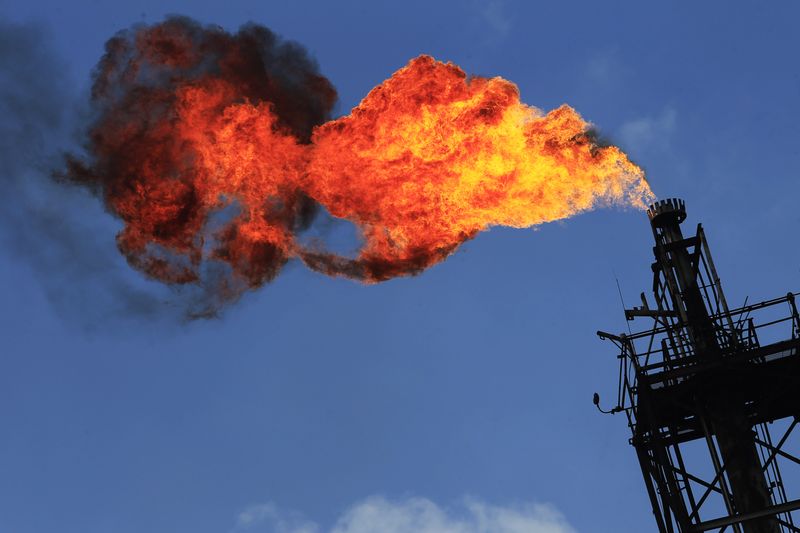Investing.com — Natural gas prices in the U.S. and Europe have risen in recent months, driven by supply and demand factors, including colder weather and geopolitical uncertainty. While this trend could continue for a while, analysts at BCA Research say cyclical and structural factors argue against continued price appreciation.
European benchmark prices reached a one-year high in December, reflecting the region’s continued vulnerability due to reduced dependence on Russian gas. U.S. futures also neared a one-year high, partly anticipating higher demand for LNG exports to Europe if pipelines from Ukraine were to stop.
The looming expiry of Ukraine’s gas transit agreement on December 31 has increased supply concerns. The contract currently accounts for half of Russia’s pipeline exports to Europe. Ukrainian Prime Minister Denys Shmyhal ruled out an extension of the deal, but left room for alternatives involving non-Russian gas.
The weather remains a wild card. European gas supplies, now at 78% capacity, are significantly lower than the 89% a year ago. A colder than normal winter could lead to faster destocking and greater price sensitivity.
November’s “Dunkelflaute” event, marked by low wind and solar power output, forced Europe to rely more heavily, highlighting demand volatility linked to renewable energy shortages.
Despite all these short-term uncertainties, analysts have a bearish outlook for natural gas prices after the winter. Industrial demand remains subdued and global LNG supply is expected to grow, with capacity expansions from the US and Qatar expected to meet rising demand.
“In the coming months, investors should seize the opportunity to see a strong sell-off in natural gas,” BCA Research analysts wrote.


